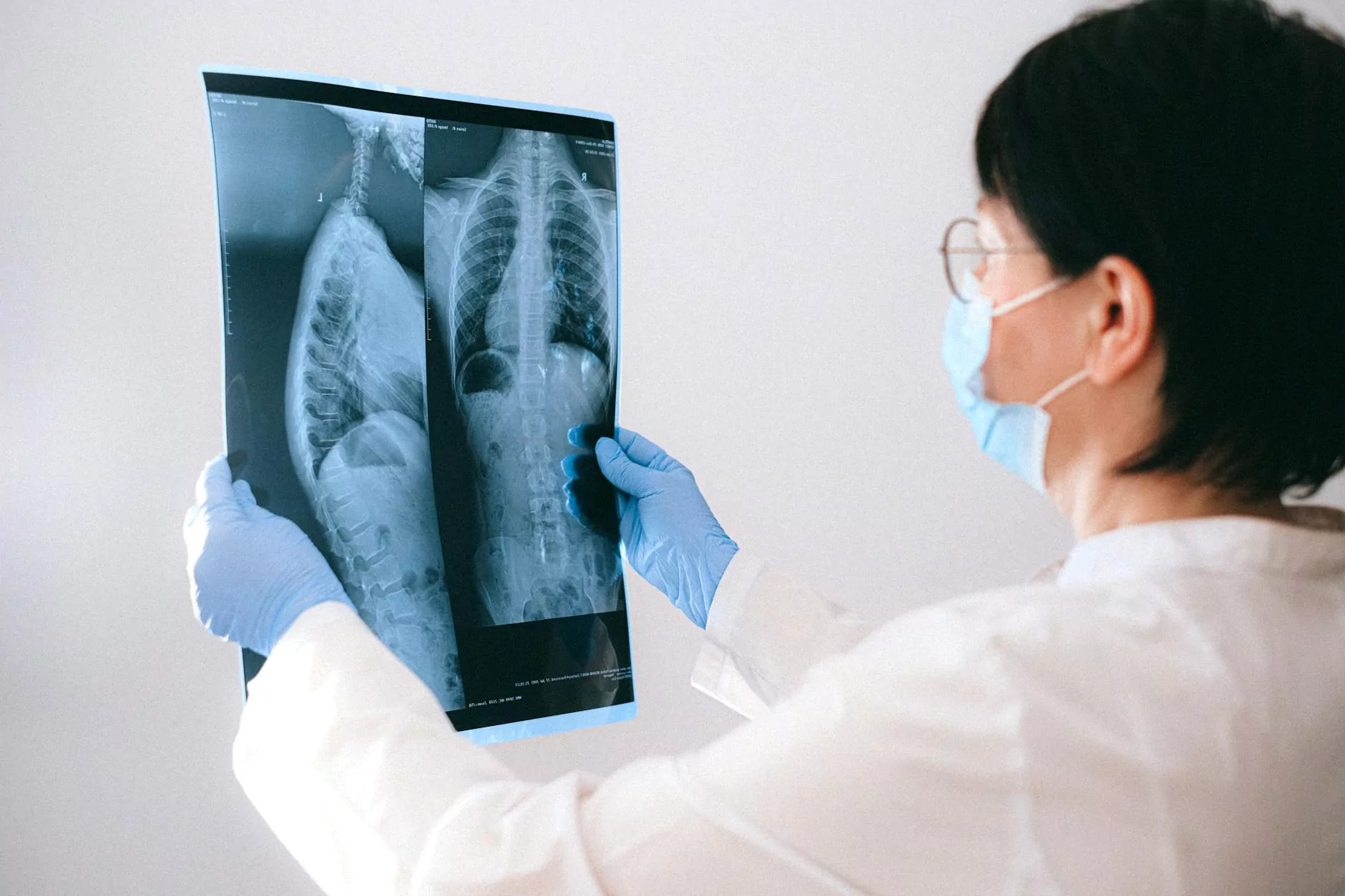HIPAA Compliance Checklist: 7 Key Steps To Ensure Data Security
Health
Welcome to Ageless Wisdom Magazine's comprehensive guide on the essential steps to achieve HIPAA compliance and ensure utmost data security for your healthcare organization. With the increasing reliance on electronic data storage and transmission in the healthcare industry, adhering to the Health Insurance Portability and Accountability Act (HIPAA) regulations has never been more critical.
The Importance of HIPAA Compliance
As a healthcare provider, you understand the significance of protecting sensitive patient information. HIPAA compliance offers a framework to safeguard confidential health data, ensuring privacy, security, and integrity. Failure to comply with HIPAA regulations can lead to severe consequences, including hefty fines and reputational damage.
Step 1: Develop a Comprehensive Security Policy
The first crucial step in achieving HIPAA compliance is to establish a comprehensive security policy tailored to your organization's unique requirements. This policy should encompass both administrative and technical safeguards to protect electronic protected health information (ePHI).
One of the key elements of your security policy is to define access controls and user permissions. Restricting access to authorized personnel only helps prevent unauthorized individuals from viewing or altering sensitive data.
Step 2: Conduct Regular Risk Assessments
To identify vulnerabilities and mitigate potential security risks, conducting regular risk assessments is imperative. A thorough assessment evaluates the effectiveness of your security measures, including firewalls, encryption protocols, and intrusion detection systems.
By proactively identifying any weaknesses or gaps in your security infrastructure, you can address them promptly, reducing the likelihood of data breaches and compliance breaches.
Step 3: Implement Robust Data Encryption
Data encryption is a fundamental aspect of safeguarding ePHI. Encrypting data both at rest and during transmission helps protect patient information from unauthorized access. Utilize robust encryption algorithms and ensure encryption keys are stored securely.
Implementing encryption technologies ensures that even if data falls into the wrong hands, it remains unreadable without the decryption key, providing an additional layer of security.
Step 4: Establish Secure Data Backup and Recovery Procedures
No system is completely immune to potential data breaches or loss. Establishing secure data backup and recovery procedures is critical to minimize the impact of such incidents. Regularly back up your data, ensuring backups are stored in secure locations.
Test the efficiency and effectiveness of your data recovery procedures to ensure timely restoration of critical information in the event of data loss or system failures.
Step 5: Train Employees on HIPAA Rules and Regulations
Human error remains one of the leading causes of data breaches and non-compliance. Conduct thorough training sessions and workshops to educate employees on HIPAA rules and regulations.
Training should cover topics such as proper handling of ePHI, the importance of strong passwords, recognizing phishing attempts, and the appropriate use of mobile devices. Regularly reinforce these training initiatives to ensure ongoing compliance and awareness.
Step 6: Regularly Monitor and Audit Systems
Continuous monitoring and auditing of your systems are essential to identify any suspicious activities and potential security breaches. Utilize advanced security tools and systems to monitor access logs, detect anomalies, and flag potential threats.
Regularly review audit logs and investigate any unusual activities reported. Promptly address any security incidents or breaches to minimize the impact on patient privacy.
Step 7: Stay Abreast of Ongoing Regulatory Changes
The healthcare industry is constantly evolving, and regulatory requirements change over time. Ensure your organization stays up to date with the latest HIPAA regulations, guidelines, and best practices.
Regularly consult reliable industry resources, attend seminars or webinars, and join professional communities to stay informed. This proactive approach helps your organization adapt to new compliance requirements, minimizing the risk of non-compliance penalties.
In Conclusion
By following these 7 key steps, you can establish a robust HIPAA compliance checklist and ensure data security within your healthcare organization. Protecting patient confidentiality and maintaining the integrity of sensitive health data should be a top priority for any healthcare provider or entity.
Ageless Wisdom Magazine is committed to providing industry-leading information and resources to support your journey towards HIPAA compliance. Trust us as your go-to source for lifestyle guidance and expert insights in the healthcare sphere.










